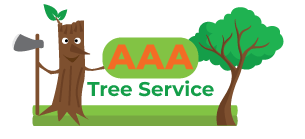Tree Services Nassau County NY
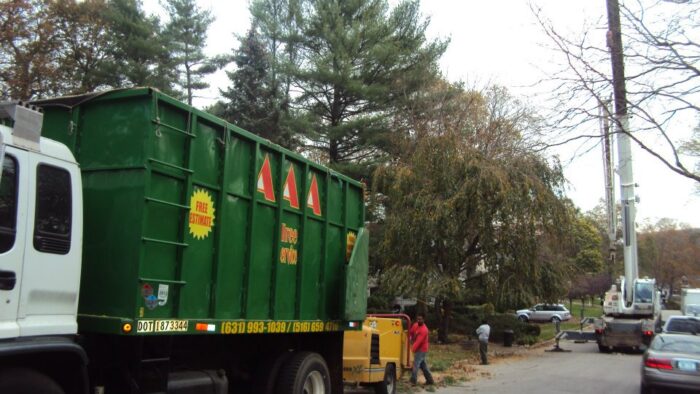
Tree services in Nassau County New York
If you need for tree removal service in Nassau County we got you covered. in This county has a great team of experts and AAA tree service NY CORP they use state-of-the-art equipment to get the job done quickly and efficiently. You can count on them to handle everything from stump grinding to full tree Pruning . tree trimming, Tree cutting and 24/7 Emergency tree services In Nassau NY
Tree services Nassau county NY
is necessary in order to maintain healthy trees. Many trees need pruning and trimming to ensure they grow and look their best. These services also help protect trees from diseases and damage. Keeping a tree healthy, is a good way to avoid serious problems in the future
A dead tree can pose a safety hazard to people and property. It can also damage the electrical wires that are close by. This can result in outages and electrocution hazards. If you have a dead tree near power lines, it is best to call a professional tree service to get it removed.
When You are Searching for a Tree Trimming Services Nassau County 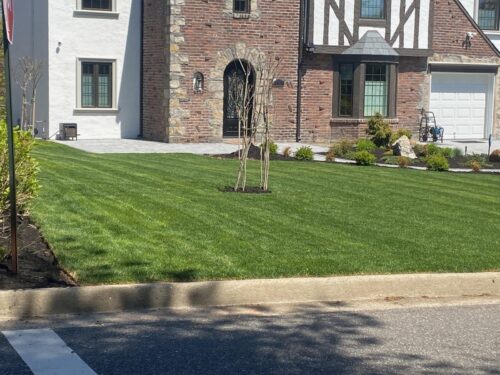
you should find a contractor that has a complete list of services. Some of these include stump removal and grinding. The company should be able to work on your budget and do the job effectively. Before deciding on a service, you should also consider the surrounding structures. While you may not need to replace the structure itself, it can be difficult to remove a tree from a building without damaging other parts of the property.
Whether you Need for Tree trimming & pruning services Nassau county NY
a tree cutting , Tree Pruning, Trimming, or tree stump removal, you can count on a reputable tree service in Nassau county. Their experts can work quickly and affordably. By avoiding the hassle and danger of a tree that has fallen on your property, you can keep your home safe and secure.
During hurricane season
many trees in the area are affected by the hurricane’s winds and salt spray. Lightning can strike these trees and cause severe property damage. In addition, heavy snow can weigh down branches and limbs. Not only can these trees harm your home, they can be dangerous to your family.
Depending on your needs
will provide a free estimate. To make sure you have a quote from the right company, you should look for reviews. Similarly, you should ask questions about their equipment and insurance coverage.
The most important part of any tree service in Nassau county is the safety of the surrounding structures. With the proper removal, you can prevent damage to the house and other buildings in the neighborhood.
Tree services Nassau County NY
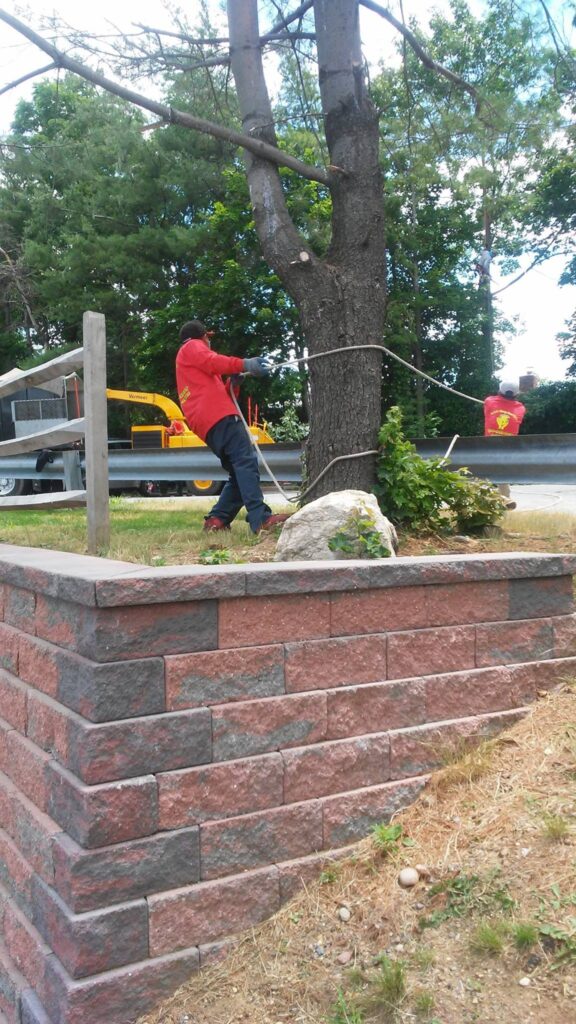
A dead tree can be a problem for anyone. They can damage property, vehicles, and create a hazard. It can also interfere with electrical lines and cause outages.
Many people choose to prune trees. This helps to make them healthier and encourages growth. Proper pruning can also help to stimulate fruit production. Trees with large leaves can provide cool shade in the summer.
During hurricane season, storms
can cause the tree to fall. Hurricanes can be very strong and may include lightning. Old, diseased, or dead trees can fall during a storm. These trees are especially dangerous to power lines and are a safety hazard
In order to prevent damage
to your property, you must keep your yard well maintained. Failure to do so can lead to damage to your house or a neighbor’s.
Before deciding to prune a tree, it is important to remember the health of the tree. Pruning can help the tree retain its beauty and health. Also, it may help clear away branches that might block the sidewalk or gutters.
Stump Removal Nassau County New York
Skilled and Experienced Stump Removal in Nassau County NY If your property is surrounded by trees, you should know that they can be dangerous. In the event of a storm, a hurricane, or another natural disaster, a tree can fall on your property. A fallen tree can cause damage to your home, car, and other structures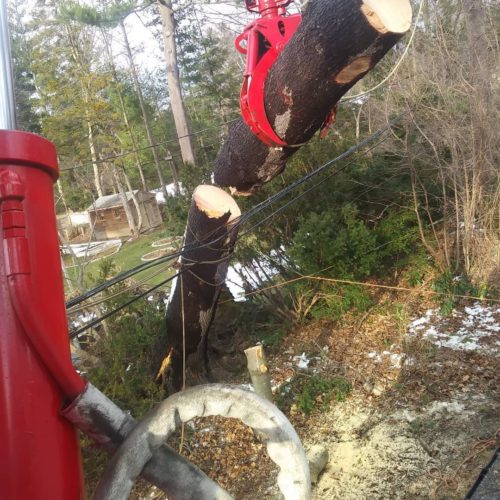
You can call a to remove it safely and quickly. Some companies even offer a free estimate. The cost of removing a tree will vary, depending on the size and complexity of the job.
An experienced contractor Tree removal In Nassau County NY
can remove limbs safely, without damaging the tree. This will help prevent the tree from falling back and potentially causing more damage.
Whether you need a , pruning, or stump grinding, a certified arborist can help. All of these services are done with professional attention to detail. AAA Tree Service NY CORP is a reliable and experienced business, with over twenty Six year of experience
contact us 516-9031082 & 631-9931039
